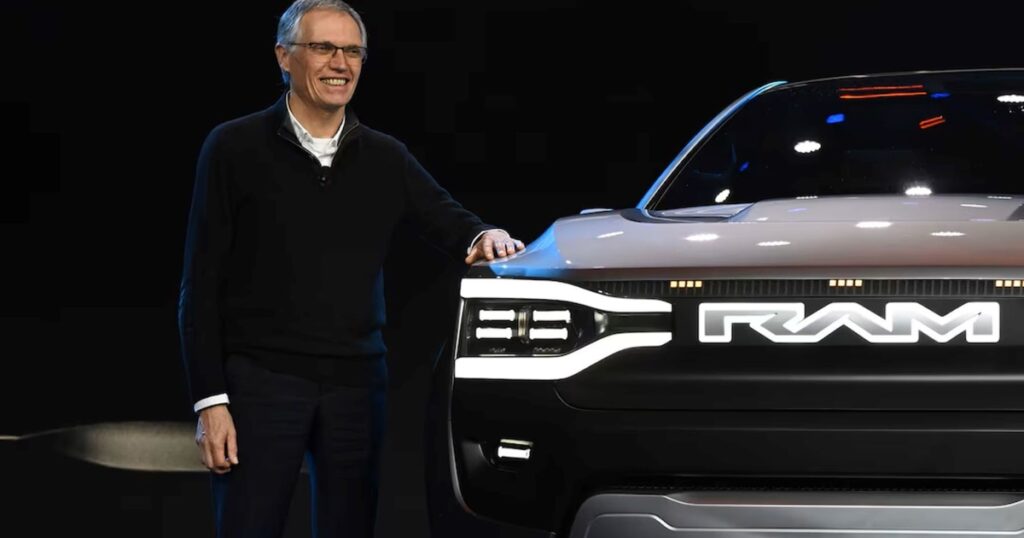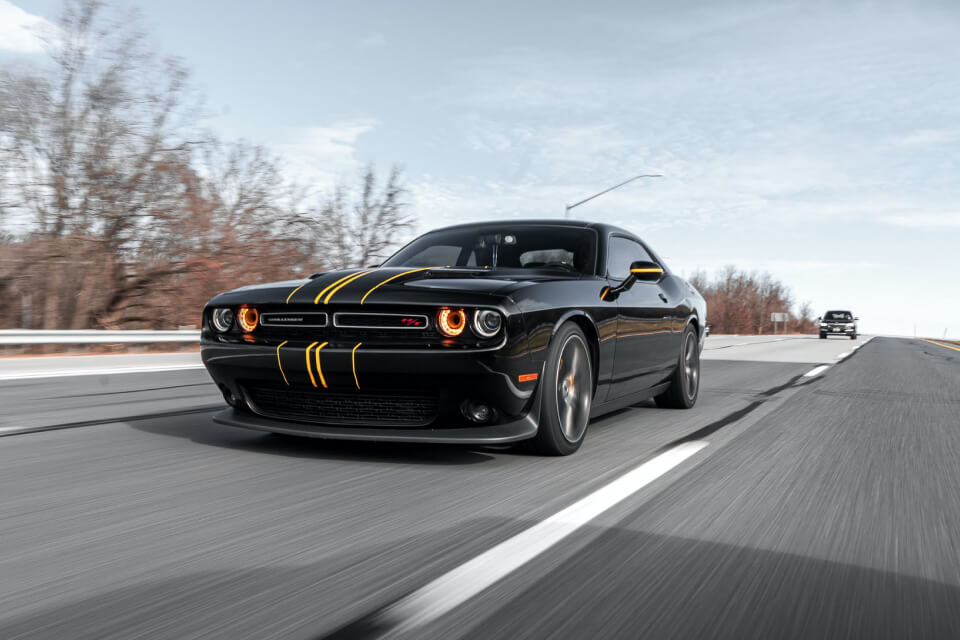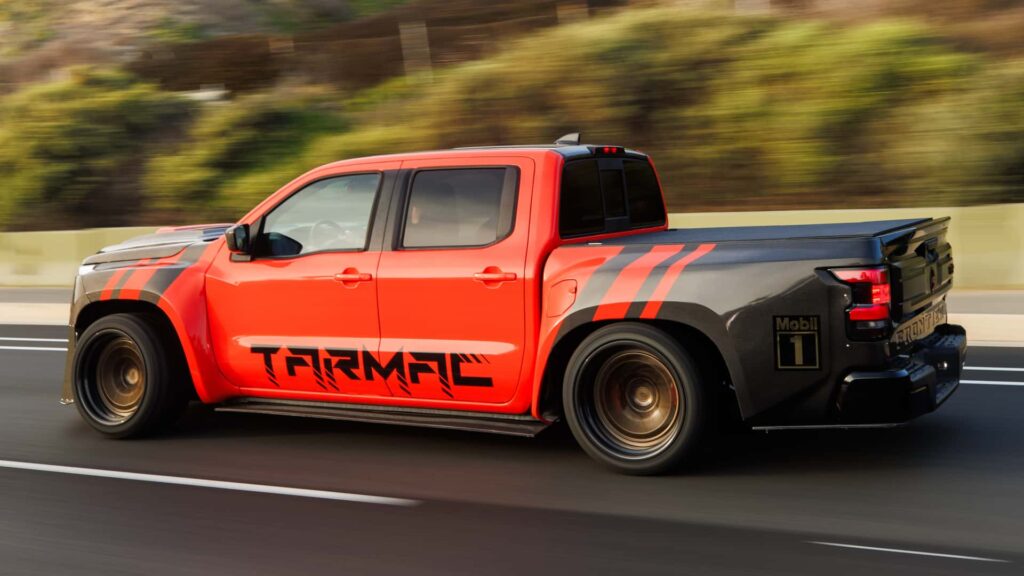Stellantis CEO Carlos Tavares resigned on Sunday, Dec. 1, about a year before his planned retirement amid deteriorating financial results and friction with the board of directors and Chairman John Elkann.
Tavares has been clashing with Elkann, a scion of the Agnelli family, over where to cut costs and how to strategize product cadences. Stellantis got into trouble this year with sales and profit decreases for its most valuable brand, Jeep, as well as in the Ram pickup business.
Elkann is heading a new interim management committee while the search for Tavares’ replacement, which Elkann is also leading, continues. Elkann has said he wants a new CEO in place by mid-2025.
Henri de Castries, the former CEO of AXA and a member of Stellantis’ board, notes differing views between Tavares and the board led to the resignation. “Stellantis’s success since its creation has been rooted in a perfect alignment between the…shareholders, the board and the chief executive officer,” says de Castries.
Stellantis saw third-quarter revenues plunge 27% as gaps in launching new products and reducing inventories slashed global shipments of new vehicles by 20%.
Tavares was a happy man last year when the company booked €18.6 billion ($19.5 million) in profit. But the story changed quickly in North America in 2024 when inventories of vehicles, especially Jeep and Ram, grew and profits came under fire in a hurry. The company’s attempt to sell U.S. consumers on its Italian brands – Fiat, Maserati and Alfa Romeo – has been a dismal failure.
Tavares also has been outspoken about Stellantis’ need for stronger quality control measures. In July, he criticized production issues, highlighting vehicles, including the Ram 1500 pickup, frequently require repairs after leaving the assembly line, delaying shipments and inflating costs. He also championed aggressive cost-cutting measures, warning that layoffs could extend to the automaker’s highest ranks and hinting that some unprofitable brands – not just individual models – might face discontinuation.
Meanwhile, U.S. dealers have expressed frustration with Stellantis’ struggles to match competitors’ offerings, particularly in the electric vehicle segment. Persistent inventory bloat and high pricing have further strained relationships, despite public assurances from Jeff Kommor, Stellantis’ U.S. head of sales, that the automaker was committed to supporting its dealer network.
“We are going to bring it down by at least one-third,” Kommor told WardsAuto earlier this year after meeting with dealers at the National Automobile Dealers Assn. show.
By summer, Stellantis had begun cutting prices on select models and offering incentives to dealers who agreed to accept additional shipments. However, these measures drew criticism from industry observers.
“Stellantis has started offering bonuses to their auto dealers not for selling more cars but simply for how many cars are shipped to their store,” notes Nick Lindquist, strategist at New York-based marketing firm Beck & Stone, in a LinkedIn post. “The thought process is that these bonuses will give dealers greater ability to sweeten sales incentives for customers, ramp up marketing, and ultimately move more inventory. I am interested to see if this unusual bet pays off for the slipping auto giant.”
In Europe, there has been a 12% decrease in net revenues year-over-year, attributed to reduced shipment volumes, pricing pressures and increased buyback commitments. Contributing factors to the decline in sales were delays in launching new B-segment models, including the Citroën C3 and C3 Aircross. Stellantis has been improving in South America but declining in China.
The announcement comes days after Tavares ordered the closure of Vauxhall’s Luton, U.K., plant after the automaker said earlier this year it would invest in it to keep it open and build EVs. Luton employs 1,000 workers producing commercial vehicles and has been producing vehicles since 1905.


